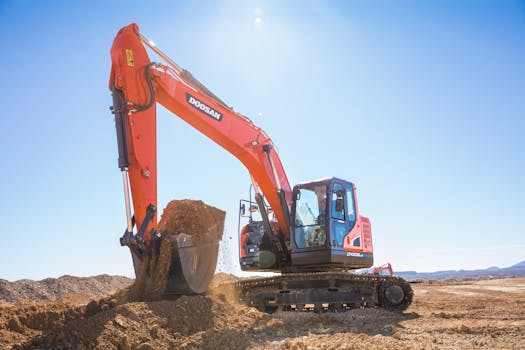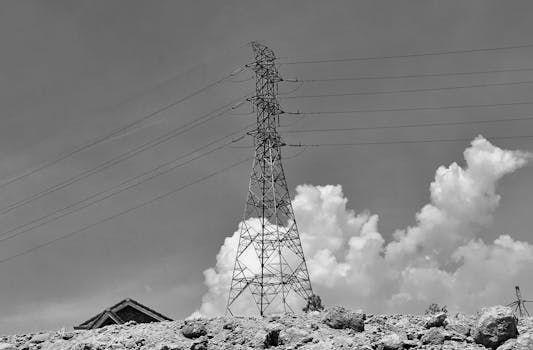Understanding the Basics of Hydraulics and Pneumatics: A Comprehensive Guide
Takeaways: Hydraulics and pneumatics are two crucial systems used in various industries. Hydraulics employs liquid to transmit power, while pneumatics utilizes compressed air. Understanding their principles and applications can enhance efficiency and innovation in engineering.
In this article, we will explore the fundamentals of hydraulics and pneumatics, their applications, and how they differ from each other. Whether you’re an engineering student or a professional in the field, grasping these concepts is essential for your success.
What is Hydraulics?
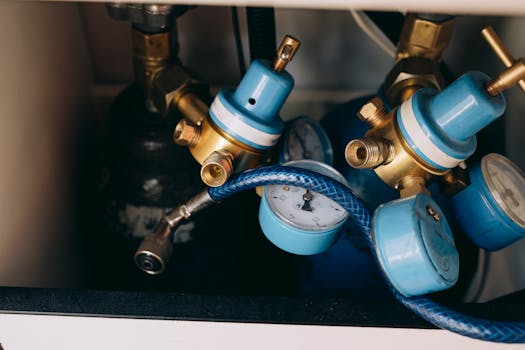
Hydraulic systems consist of a few key components: a reservoir, pump, actuator (like a cylinder), and control valves. The reservoir holds the hydraulic fluid, usually oil, which is pumped through the system to perform work. Hydraulic actuators convert the hydraulic energy back into mechanical energy, enabling the movement of machinery or equipment.
Hydraulics is widely used in industries such as construction, manufacturing, and automotive. Common applications include hydraulic presses, forklifts, and excavators. The ability to lift heavy loads and exert large forces makes hydraulics invaluable in these fields.
Advantages of Hydraulics
- High Power-to-Weight Ratio: Hydraulics can produce large amounts of force relative to their size, allowing for compact designs.
- Precision Control: Hydraulic systems can provide precise control over speed and force, making them ideal for intricate applications.
- Durability: Hydraulic components are built to withstand high pressures and are often more durable than their pneumatic counterparts.
What is Pneumatics?
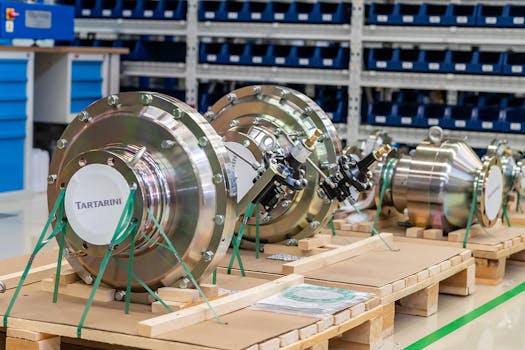
A typical pneumatic system includes a compressor, air reservoir, actuator, and control valves. The compressor draws in air and compresses it into the reservoir. When the air is released into the actuator, it creates movement, which can be used to power tools or machinery.
Pneumatics is prevalent in industries such as manufacturing, packaging, and automation. Applications include pneumatic cylinders, air tools, and conveyor systems. The quick response time and ease of use make pneumatics a popular choice for many operations.
Advantages of Pneumatics
- Speed: Pneumatic systems can operate quickly, making them suitable for applications requiring rapid movement.
- Safety: Since pneumatics uses air, it is less hazardous than hydraulic systems, which can leak oils and other fluids.
- Cost-Effectiveness: Pneumatic systems often require less maintenance and are generally less expensive to operate.
Key Differences Between Hydraulics and Pneumatics
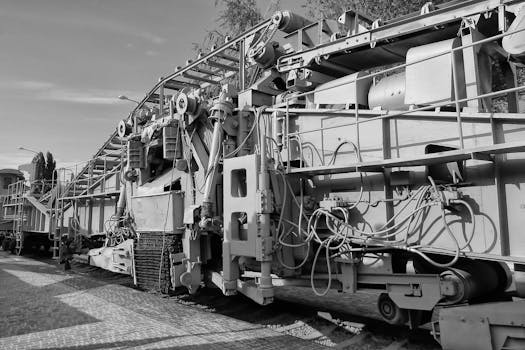
- Medium Used: Hydraulics uses liquids, while pneumatics uses gases.
- Power and Force: Hydraulics can produce higher forces and is preferred for heavy-duty applications. Pneumatics is more suited for lighter tasks.
- Speed and Response Time: Pneumatics typically offers faster actuation speed compared to hydraulics.
- Maintenance: Hydraulic systems may require more maintenance due to potential fluid leaks, whereas pneumatic systems are generally cleaner and easier to maintain.
Conclusion
